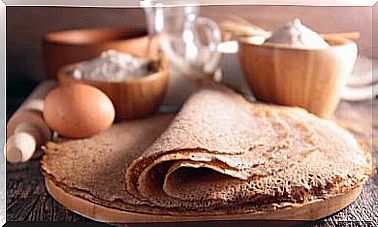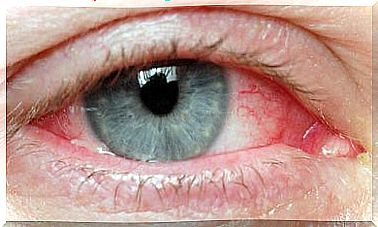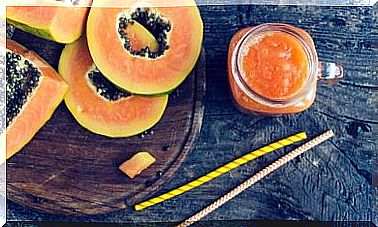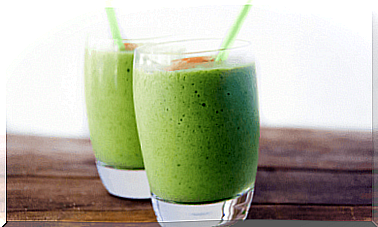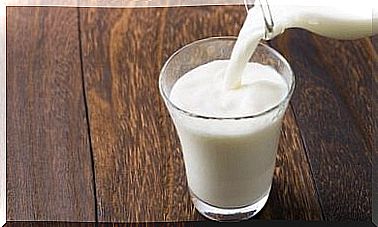What The Color Of Food Tells Us
“Eat at least one dark green and one orange vegetable daily” … This is how specific the recommendations of the Canadian Ministry of Health are. But why is this statement so specific? E Does the color of food have something to do with its quality or its nutritional properties?
Broadly speaking, we can say that not all foods of the same color have the same properties. Nutritionally speaking, it is difficult to equate cow’s milk with onions, tuna with tomatoes, or walnuts with whole wheat pasta. However, something changes in the case of vegetables. When we talk about fruits, vegetables and vegetables, the color of food does give us information about some of its properties.
Phytochemicals: plant pigments
All foods contain some macronutrients (carbohydrates, lipids and proteins) and some micronutrients. These are the vitamins and minerals. But in addition, plant foods also contain other non-nutritive components which are phytochemicals.
Phytochemicals are present in plants for their own benefit. But ultimately, they also have an effect on health. Most of them have a powerful antioxidant action and have been shown to protect against diseases such as some types of cancer, degenerative or cardiovascular diseases.
There is extensive research in this field that has to allow us, in the future, to delve into what the color of food tells us for health.
What the color of food tells us
Generally, we can group phytochemicals q ue color to food into 3 groups : carotenoids, chlorophyll and anthocyanin.
Carotenes: beyond the skin
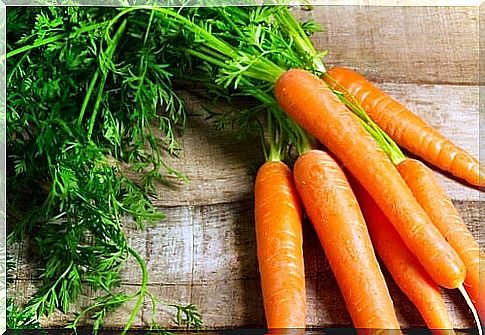
Carotenoids are important pigments for health, but we cannot synthesize them ourselves. Therefore, we need to ingest them with food. We find them in orange, yellow and red vegetables .
Scientific evidence indicates that the consumption of carotenoids is associated with a lower risk of cardiovascular problems. They are also powerful antioxidants, protect the skin and contribute to good eye health.
Now, in this case it is important to know that the health benefits of carotenoids come from whole foods. At the moment the same effect has not been observed from of nutritional supplements.
The foods richest in these pigments are:
- Reds: tomato, cherries, raspberries, watermelon, red pepper.
- Oranges: carrot, papaia, apricots, peaches, nectarines, pumpkin, sweet potatoes.
- Yellows: cantaloupe, mango, corn.
Chlorophyll
Foods rich in chlorophyll are easy to recognize by their green color. They basically help us to oxygenate the body, promote the elimination of heavy metals and contribute to the good state of the intestinal flora.
In addition, some studies, such as the one published in the journal Food Research International , suggest that:
We find chlorophyll in most green leafy vegetables such as chard, spinach, broccoli, asparagus, cabbage or artichokes. Also in kiwi. These vegetables are also usually rich in vitamin K, folic acid and magnesium.
In addition, most of them have a hidden secret: they are very rich in carotenes, but the yellow pigment is hidden behind the powerful green of chlorophyll.
Purple anthocyanins
Finally, anthocyanins can be easily recognized by the purple and blue color they give to fruits and vegetables. For this reason, the best sources are blueberries, blackberries, grapes or red cabbage. Although we can say that some red fruits, such as strawberries, are also rich in this component.
The antioxidant effects of anthocyanins have been linked to a lower risk of myocardial infarction in young and middle-aged women. Epidemiological studies also link a regular consumption of some source of anthocyanins with:
- Lower risk of cardiovascular disease.
- Lower incidence of type 2 diabetes.
- Neuroprotective effect.
- Better maintenance of body weight.
- Lower mortality.
What about white vegetables?

We could not close the color scale without knowing what the white color of food tells us. Although they could go unnoticed because they are less attractive, they also provide specific nutrients that should be highlighted.
Leeks, radishes, onions or garlic are foods rich in indoles. The last two are also a source of quercetin and allicin, substances that can improve cardiovascular health.
The color of food and diet
When it comes to eating correctly, we should not rely solely on what the color of food tells us. The nutritional value of each fruit, vegetable, cereal, etc., is also determined by other components. And there are so many more phytonutrients in vegetables that are not recognizable by their color.
Nor can we say that orange fruits are better than purple ones. Nor that to prevent cardiovascular diseases we would have to eat only red foods.
What is interesting, from the chromatic point of view, is that there is in our day to day the maximum variety of colors possible in our dishes. Because the more variety of foods, the less likely you are to be deficient in a specific nutrient.
Thus, we ensure a good balanced supply of all phytonutrients, and we can take advantage of the benefits of all of them. Of course, without forgetting that there are many more than we have seen today.
In addition, as we know, food enters through the eyes … And who does not want a plate full of intense and varied colors?

